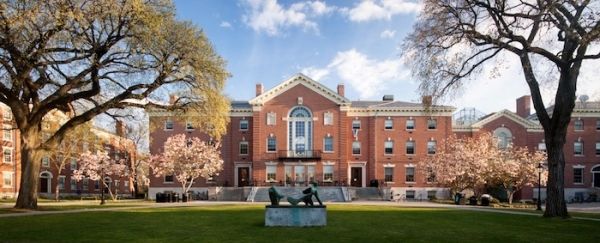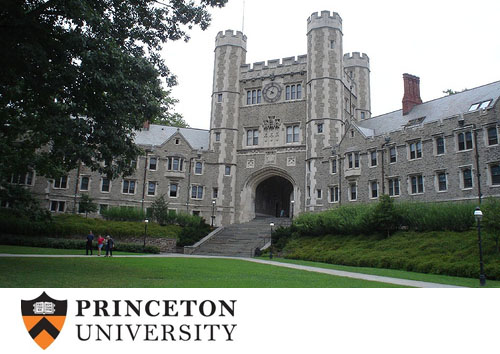
As reported by the Washington Post, in an article entitled, "U.S. colleges have worked to address ties to slavery, Confederacy," by Karen Chen, on 8 July 2014 -- With Washington and Lee University’s announcement Tuesday that it will remove historic Confederate battle flags from the main chamber of Lee Chapel and its acknowledgement of regret for the school’s ties to slavery, the college in Lexington, Va., joined numerous other U.S. colleges that have worked to address their ties to slavery and the Confederacy. Here is a list of prominent schools that are among those that have publicly addressed the issue during the past decade, in chronological order.

University of Alabama — 2004. The university apologized to descendants of slaves who had connections to campus in the years prior to the Civil War, according to the Associated Press. The move, among the first ever by a U.S. school, came shortly after the school decided to put a marker near the graves of two slaves on campus and to put others on buildings where slaves had worked and lived.

University of North Carolina at Chapel Hill — 2005. The school installed the Unsung Founders Memorial to recognize the people of color who helped build the university, both free and enslaved statewide.

University of Virginia — 2007. The Board of Visitors unanimously passed a resolution expressing regret for the use of slaves at the school. The resolution recognized that the vision of the school’s founder, Thomas Jefferson, was carried out by slaves who helped build the Rotunda and the buildings on the Lawn, the historic heart of the school that Jefferson designed.

Brown University — 2007. The Ivy League school in Providence, R.I., commissioned a three-year report examining the institution’s history with slavery, which culminated in a recommendation to acknowledge the past, spread the report’s findings and a promise to create a hefty endowment for Providence urban public schools. A dedicated memorial is scheduled to be completed this year, in time for Brown’s 250th anniversary.

College of William and Mary — 2009. The historic Williamsburg, Va. school — which graduated four signers of the Declaration of Independence — opened “The Lemon Project,” an investigation into its slavery ties.

Harvard University — 2011. A Harvard history professor and more than 30 students created a booklet called “Harvard and Slavery: Seeking a Forgotten History”, according to the Harvard Gazette. It reported that three Harvard presidents owned slaves and that slaves worked on campus as early as 1639.

Emory University — 2011. The university in Georgia apologized for its connections to slavery on the day before the school’s 175th anniversary. In a resolution, the school acknowledged its “entwinement with the institution of slavery throughout the College’s early history” and “regrets both this undeniable wrong and the University’s decades of delay in acknowledging slavery’s harmful legacy.”

Princeton University — 2013. History professor Martha Sandweiss led a seminar that began digging into the New Jersey Ivy League school’s history with slavery.

Washington and Lee University — 2014. After a protest from a group of black students, the university announced that it will remove Confederate battle flags from the main chamber of Lee Chapel, which honors Confederate Gen. Robert E. Lee, who served as the university’s president after the Civil War. The school also said it regrets its connection to slavery and acknowledges that it owned as many as 80 slaves in its early years. (source: The Washington Post)

No comments:
Post a Comment